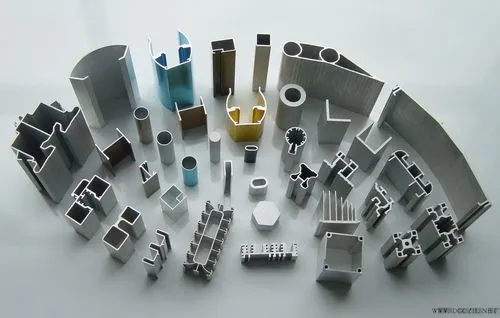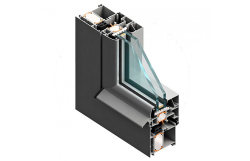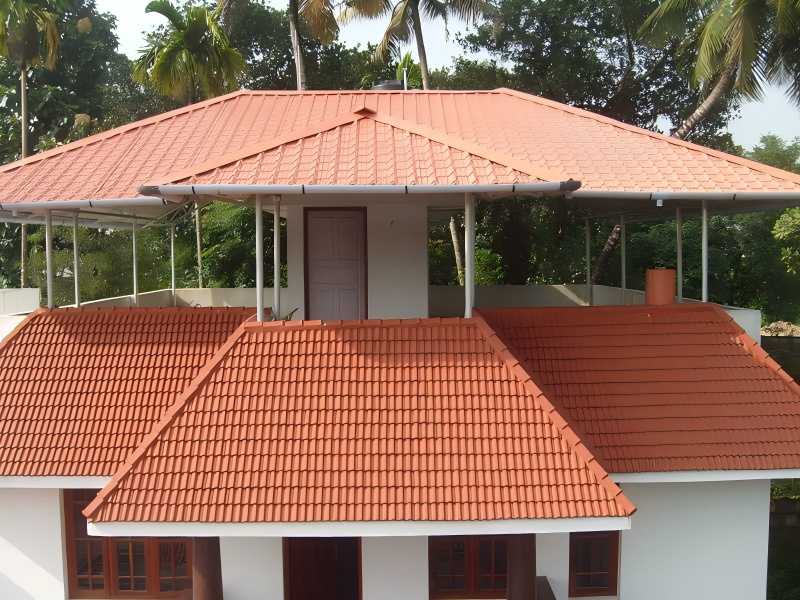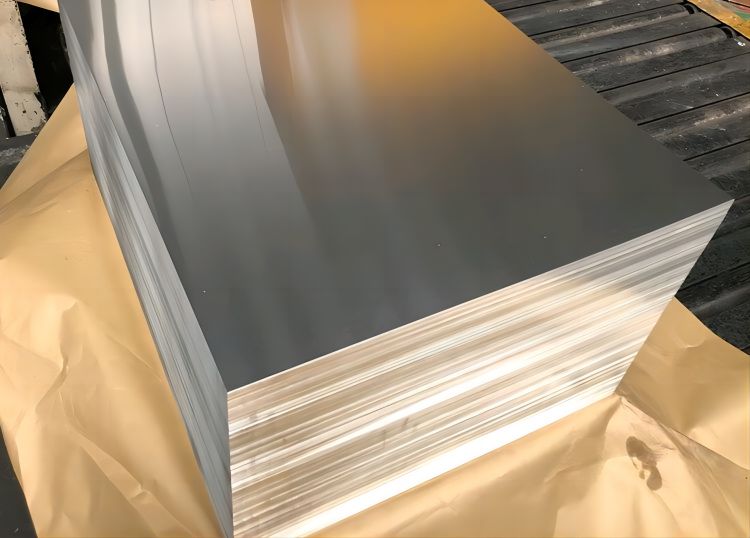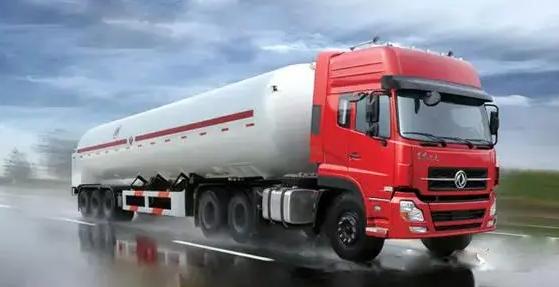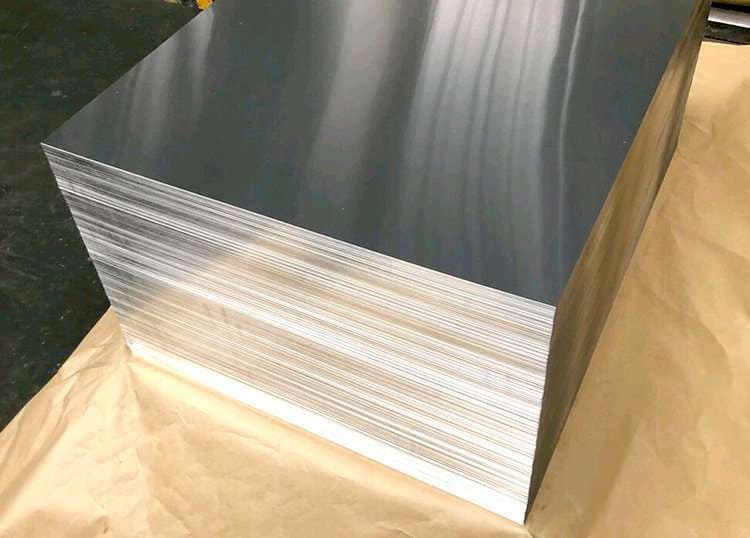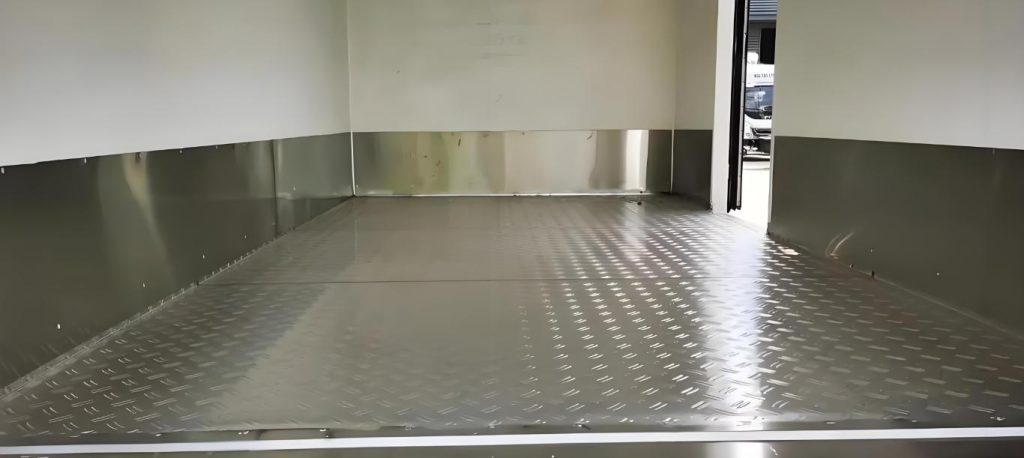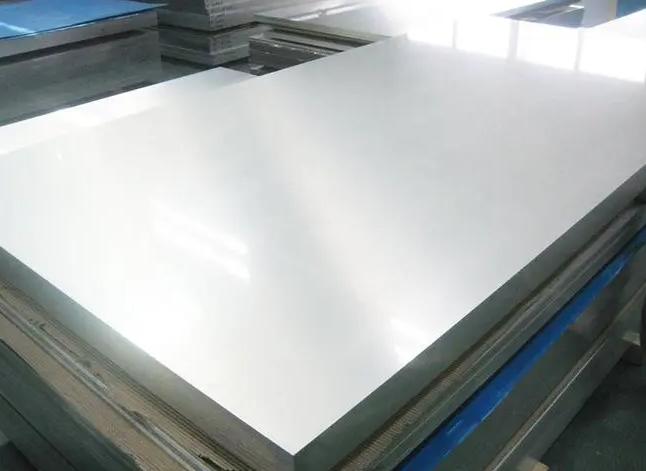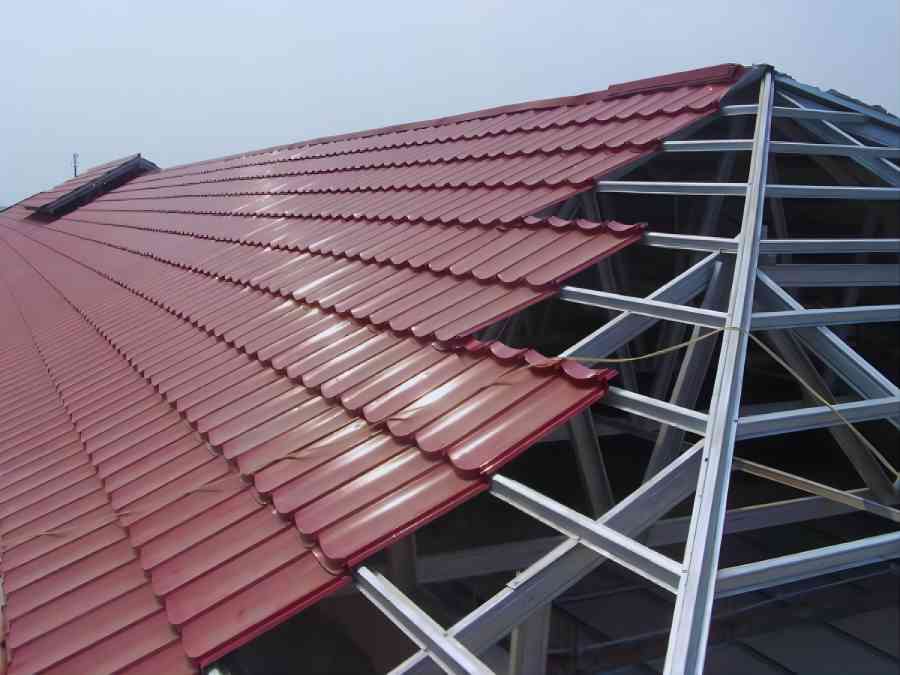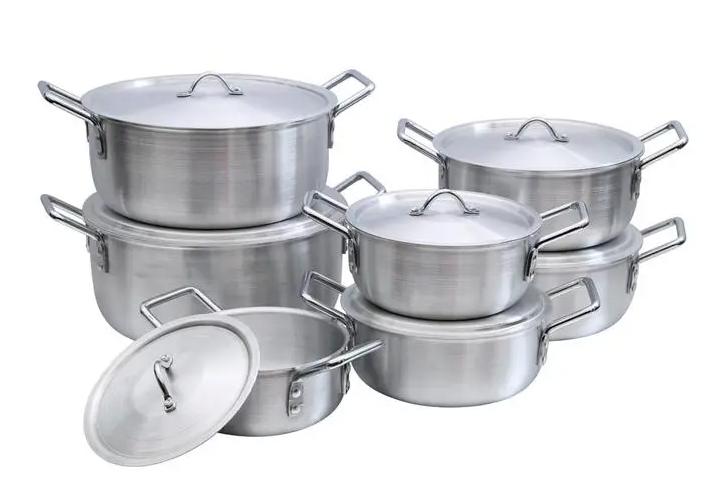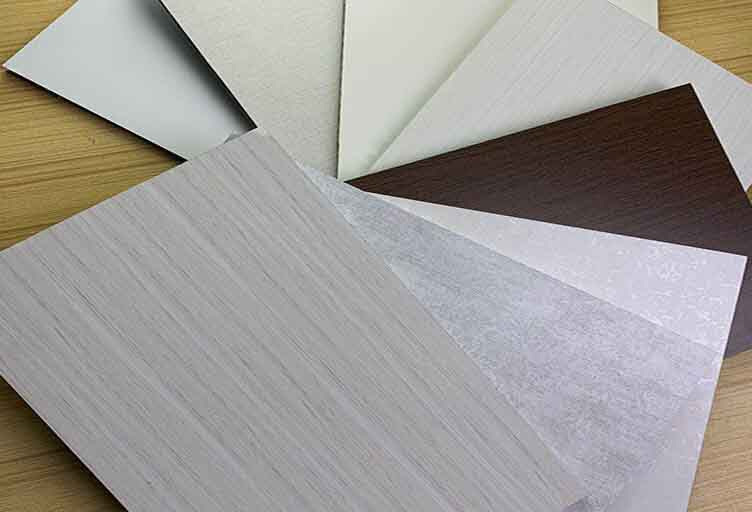In the market, the conventional production method for the manufacture of aluminum profiles is the extrusion of aluminum ingots. However, aluminum profile manufacturers often cause product defects due to the relationship between the extrusion speed of aluminum profiles and various factors when producing aluminum profiles. This article will introduce several new extrusion processes and the possible defects of the products, and propose specific measures for the correct selection of the correct method of extrusion to produce aluminum profiles.
What should we pay attention to when extruding aluminum profiles?
The extrusion speed refers to the outflow speed of the product or the speed at which the main plug of the extruder moves forward. In actual production, the outflow speed of the product is controlled by adjusting the forward speed of the primary plunger of the machine. Extrusion speed is an essential factor affecting production efficiency and affects product quality (such as product surface and size, etc.), so the appropriate extrusion speed is crucial. 6063 aluminum alloy extrusion speed (die outlet speed) range It is 9~60m/min, of which the solid part is 9~20m/min. This paper makes a simple analysis of the factors that affect the extrusion speed and how to control the extrusion speed.
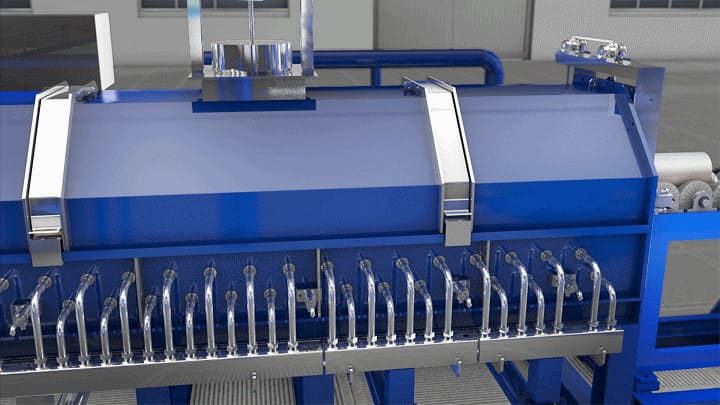
Analysis of factors affecting extrusion speed
In the extrusion process of aluminum profiles, the size of extrusion speed and alloy type, ingot state and size, product shape, degree of deformation (or extrusion coefficient), deformation temperature, tool (die) structure and process conditions, and other factors related.
The effect of ingot quality: The quality indicators of the ingot are mainly graded 1-grain size, less hydrogen content (below 0.1.mL/100g aluminum), less slag and fine-grained (remove slag particles above 0.008mm), uniform metallographic structure, no cracks, loose, pores, and elemental segregation. In this way, the plasticity and deformability of the ingot are good, the extrusion force of the aluminum profile is reduced, and the extrusion speed is increased. Otherwise, the extrusion speed will be slow and the die loss will be large.
Influence of extrusion temperature: When the metal is extruded, as the temperature increases, the inhomogeneity of the metal fluidity will increase. During the whole extrusion process, the temperature of the ingot in the deformation zone also gradually increases, and the faster the extrusion speed, the higher the temperature, and the temperature rise can reach about 100C.
When the metal temperature in the deformation zone exceeds the maximum allowable critical deformation temperature, the metal will enter a hot brittle state and form extrusion cracks. Therefore, when the temperature of the ingot is high, the extrusion speed must be gradually reduced during the extrusion process. The 6063 aluminum alloy ingot is generally preheated to 480~520C, and the extrusion cylinder is preheated to 400~450C.
Profile shape: the effect of size and shape The shape size and geometry of the concave profile have an obvious effect on the metal outflow rate of the extruded product.
The general rule is the geometry of the product is simple, the symmetry is good, and the product with a small width-to-thickness ratio can be relatively high; on the contrary, the product with a complex geometric size, a large width-thickness ratio, and a large wall thickness difference, and poor symmetry The extrusion speed of products should be relatively slow. Under the same conditions, the thinner the wall thickness of the product, the more uniform the deformation of the product along the cross-section, and the smaller the tendency to produce extrusion cracks, so the extrusion speed can be faster.
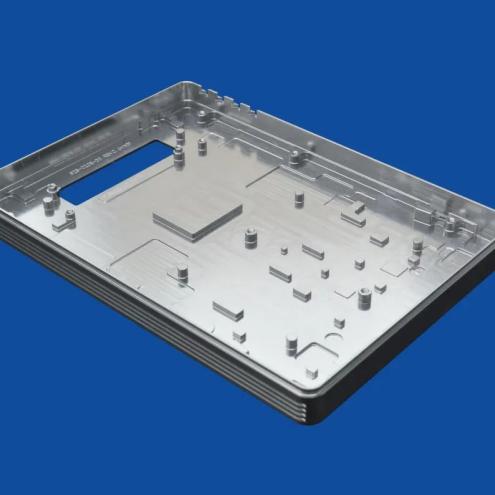
Influence of the degree of deformation: The greater the degree of deformation of the product, the greater the required extrusion force, and the greater the heat of metal deformation, so the outflow speed of the product is slower; on the contrary, the degree of deformation is small and the metal flows uniformly, the extrusion speed can be Hurry up.
Influence of die structure: When aluminum alloy profiles are extruded, which type of die core is used is determined by the characteristics of the profiles. Generally, the solid profile adopts a flat die, and the hollow profile adopts a tongue-shaped or shunt-combined die.
For example, for 6063 alloys, the flat die has less resistance than the tongue die or the split combined die, so the extrusion speed can be higher. For the core of the same structure, the wider the working belt of the core, the greater the friction between the alloy and the working belt surface, the greater the additional tensile stress on the surface of the product, and the higher the tendency of extrusion cracks on the surface of the product. Therefore, the extrusion speed needs to be reduced accordingly.
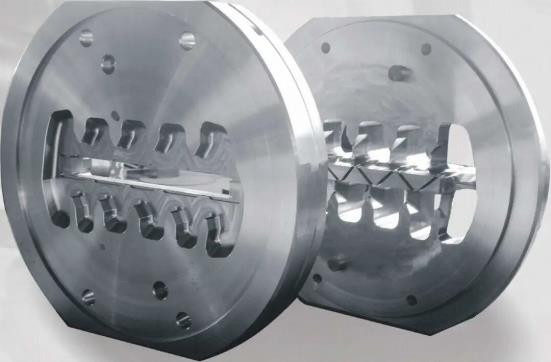
New Processing Method-Increasing the Extrusion Speed of Aluminum Profiles
With the development of modern technology, new processes to increase the extrusion speed have emerged, and new extrusion processes such as isothermal extrusion, isobaric extrusion, constant velocity extrusion, high-temperature extrusion, low-temperature extrusion, and nitrogen cold extrusion have been developed. By using these new processing techniques, aluminum profiles with fewer product defects can be produced more quickly. So what are the new aluminum extrusion processes?
Isothermal extrusion process:Isothermal extrusion is to automatically adjust the extrusion speed to keep the temperature in the deformation zone within a constant range to achieve the purpose of rapid extrusion, especially some equipment is also equipped with a microcomputer device to achieve automatic control of extrusion. the purpose of pressing speed.
Low-temperature rapid extrusion process: The low-temperature rapid extrusion temperature adopts 440~460C. This technology was applied earlier in Japan’s North Star Aluminum Company. They extruded 6063 aluminum alloy using 430C. The extrusion speed was 30~50 m/min, the upper limit of the flat die was taken, and the lower limit of the hollow die was taken.
The low-temperature technology refers to the temperature of entering the mold, and the temperature of the mold exit must reach the optimum temperature range of air-cooled quenching (515~525C), otherwise, the hardness and strength of the profile will be unqualified. How to achieve the proper ejection temperature during extrusion, is the secret of applying this technology.
High temperature and slow extrusion process: The high temperature and slow extrusion temperature is 500~520 ℃, and the speed must not be fast during extrusion. This is because the mold release temperature is higher than 525 ℃, and when the air cooling is insufficient, the product often produces a large and coarse grain structure; its two magnesium and silicon cannot be completely dissolved, and the alloy hardness and strength are low; it’s three-way combination If the die is extruded too fast, the temperature is high, the metal supply is insufficient, a loose structure is formed along the shunt line, and it is easily exposed to corrosion during alkaline cleaning, which affects the quality of the post-processing profile.
Nitrogen cold extrusion process: During the extrusion process, the cold liquid nitrogen stored in the tank is introduced to the working belt of the extrusion die. One can reduce the contact friction between the product and the working belt of the core; the other can cool the extrusion die and the deformation zone to take away the heat of deformation, and at the same time, the exit of the core is controlled by nitrogen, which not only reduces the oxidation of the surface of the product, Also, the cohesion and build-up of alumina are reduced. Therefore, nitrogen cold extrusion not only improves the surface quality of the product but also greatly improves the extrusion speed.
Summary
Extrusion speed is one of the important factors affecting the quality and economic benefits of profile products. Through the above analysis, in actual production, it can be improved from the following aspects:
(1) To improve the quality of aluminum alloy ingots, use appropriate extrusion process parameters and good quality molds to improve product quality and efficiency.
(2) In production, the operator should appropriately control and adjust the extrusion speed according to the shape, size, deformation degree, mold structure, and process parameters of the product, thereby improving product quality. ,
(3) Actively research new extrusion technology to improve product quality and production efficiency.





